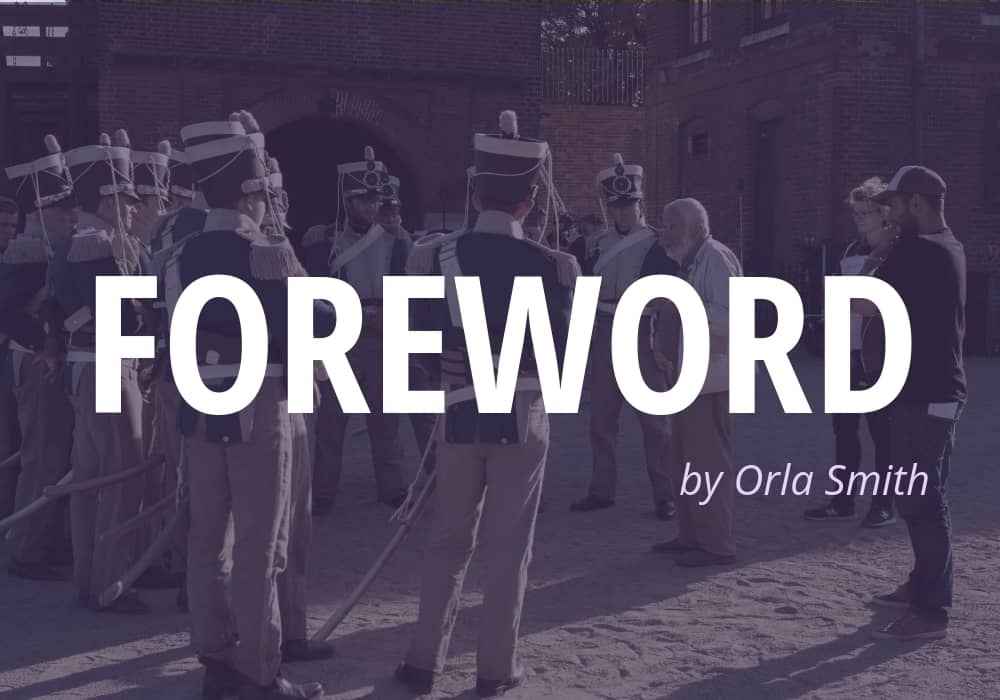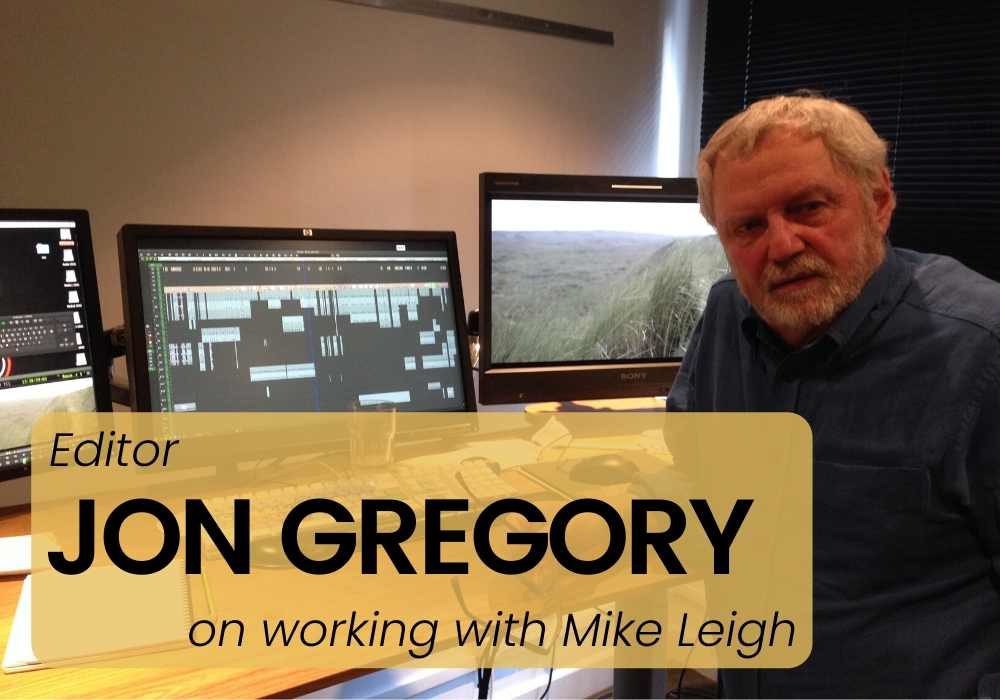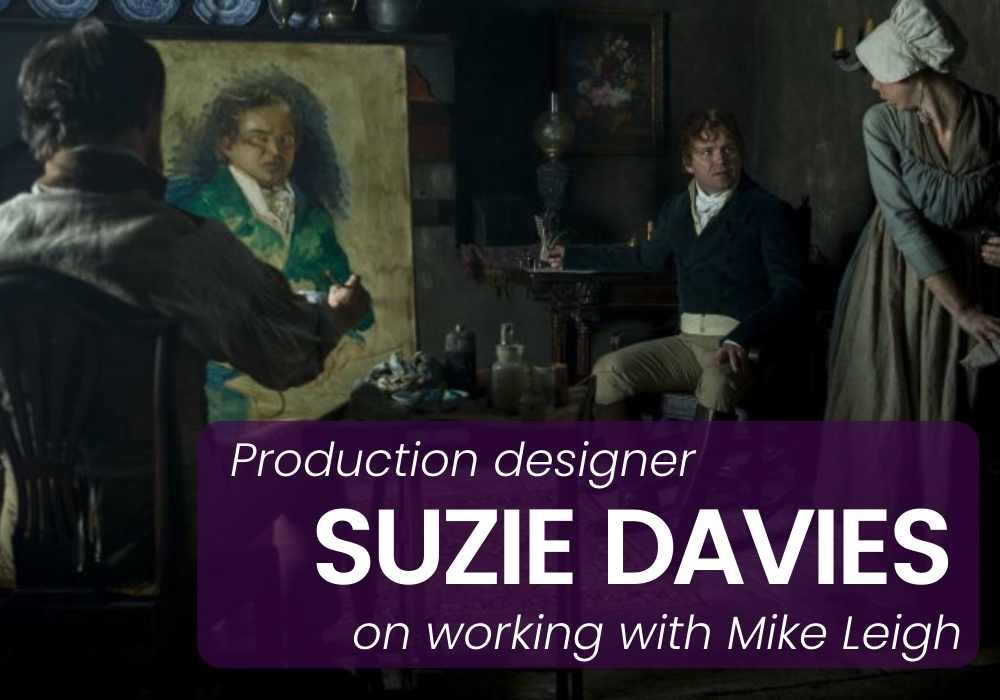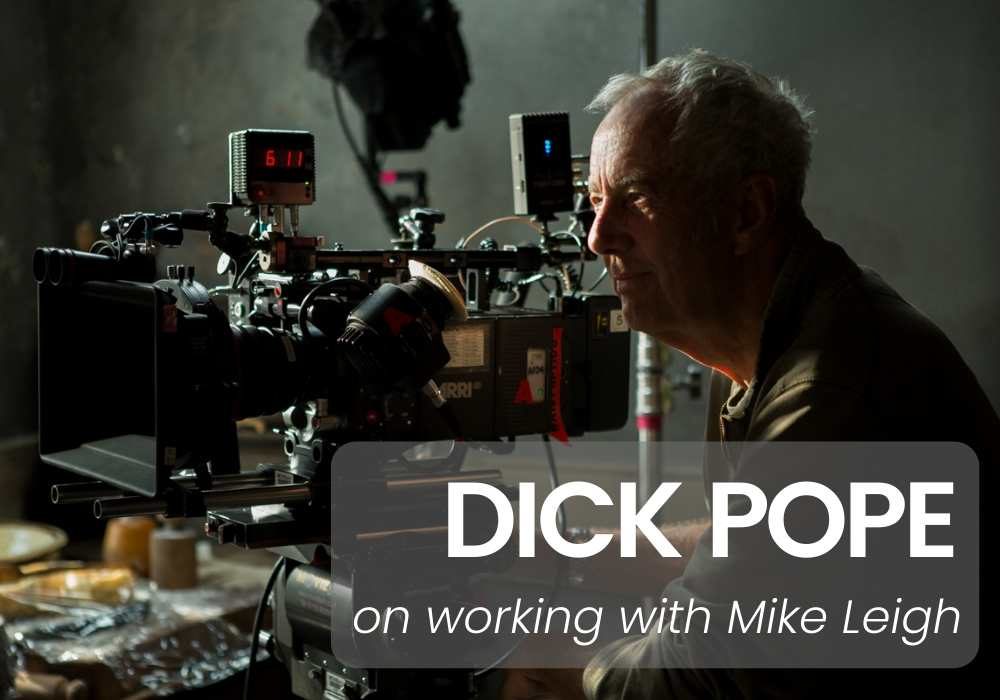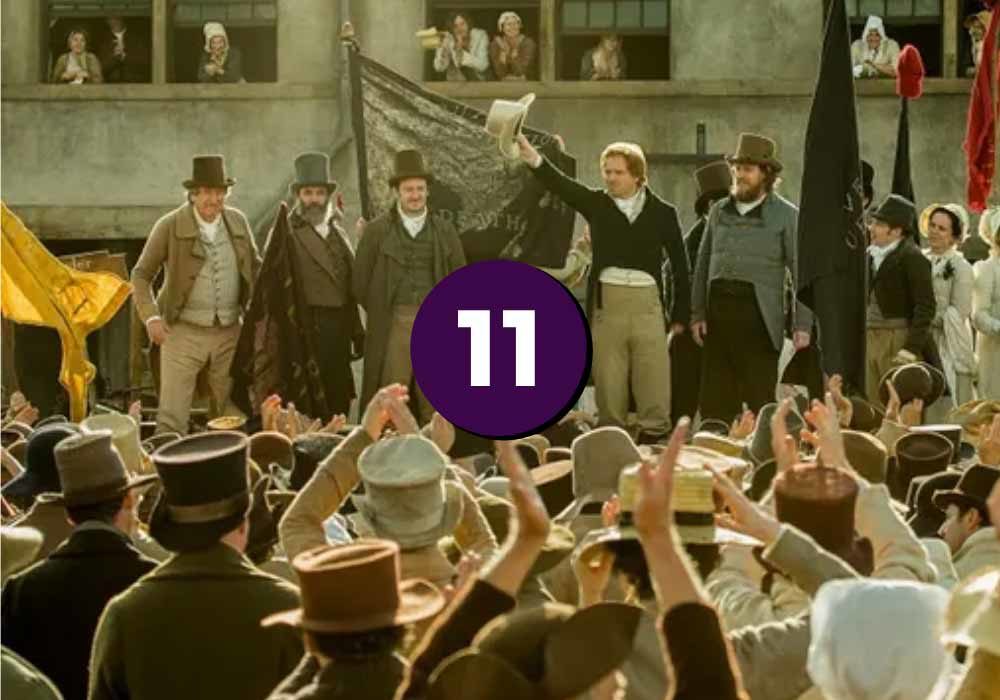Take a sneak peak at our forthcoming ebook on Mike Leigh and his collaborators, Peterloo in process, with a look at the foreword to the book.
Book Previews
Jon Gregory Interview: Editing a Mike Leigh film
Jon Gregory discusses the challenge of editing battle scenes in Peterloo and what he has learned from decades of working with Mike Leigh.
Production designer Suzie Davies on Mike Leigh and ‘actors surgeries’
Production designer Suzie Davies discusses how her production design plays into Mike Leigh’s rehearsal process with what she calls ‘actors surgeries.’
DP Dick Pope on the ‘magical mystery tour’ of working with Mike Leigh
Cinematographer Dick Pope walks us through a career of collaboration with Mike Leigh on films such as Peterloo, Vera Drake, and Naked.
Ep. 11: Mike Leigh’s Peterloo
Episode 11 of the podcast celebrates our new ebook, Peterloo in Process: A Mike Leigh collaboration. Authors Alex Heeney and Orla Smith are joined by Brett Pardy to discuss how conducting and reading the interviews with Leigh, Rory Kinnear, Maxine Peake, and key department heads deepened their admiration and understanding of Peterloo. In this episode […]
Interview: The director and star of Firecrackers blaze onto our screens
Canadian rising stars Jasmin Mozaffari and star Michaela Kurimsky discuss Mozaffari’s evocative, energetic debut, Firecrackers. This is an excerpt from the ebook The Canadian Cinema Yearbook which is available for purchase here.
